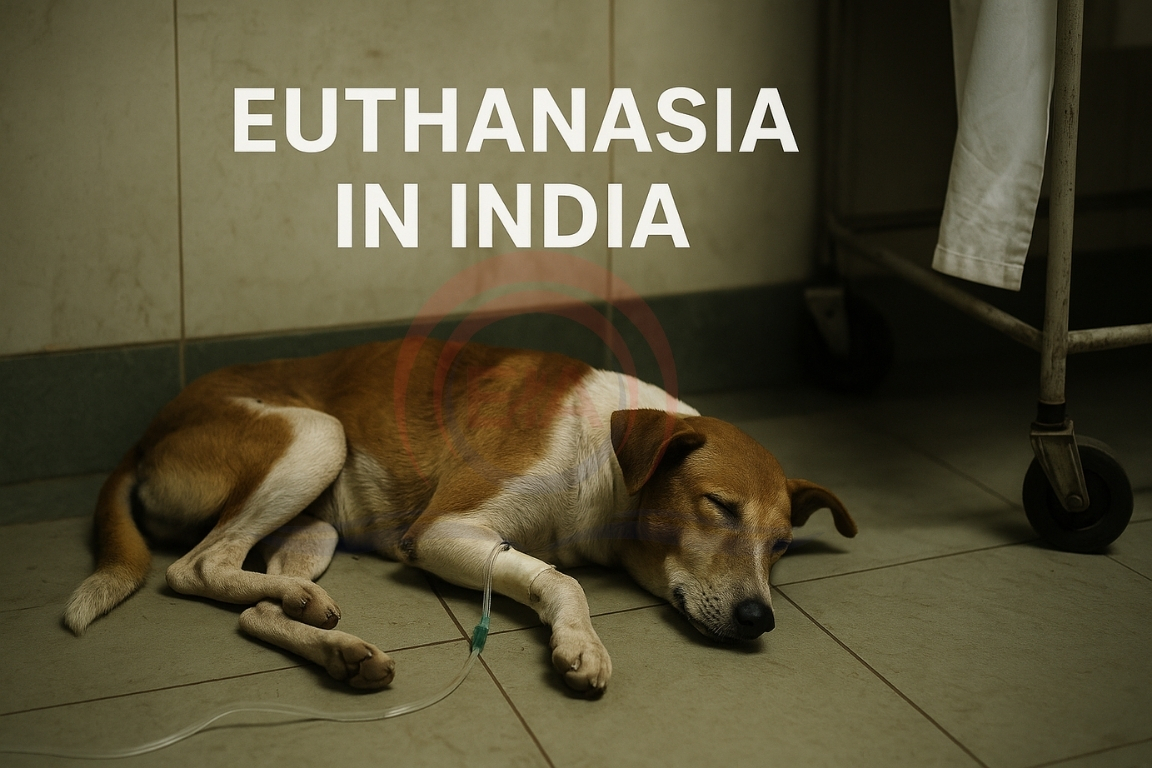The Supreme Court has directed the Delhi government and civic bodies to immediately capture and shelter stray dogs in response to rising dog-bite incidents, raising debates over feasibility, shelter capacity, and outdated dog population data.
Background:
- India is facing increasing stray dog attacks, especially on children.
- Policy responses are being shaped using outdated census data (Livestock Census 2019; Delhi’s last census in 2016).
- Accurate data is crucial to design effective control measures like confinement or vaccination.
Key Data Issues
Outdated and Inaccurate Counts
- The 2019 census forms the basis for current policy, but ground realities may differ sharply.
- Example: Tamil Nadu had 4.4 lakh stray dogs in 2019 but reported 8.3 lakh bites — roughly 2 bites per stray dog.
- Manipur’s census recorded zero stray dogs in 2019, yet it had 5,500 bite cases that year.
- Odisha reported the second highest dog population (17.3 lakh) but only 1.7 lakh bites — far lower bite rate compared to Tamil Nadu.

Mismatch Between Dog Numbers and Bite Incidents
- Tamil Nadu has 1,896 bites per 1,000 dogs (Chart 2), while Odisha has only ~100 per 1,000 dogs.
- Such inconsistencies suggest data flaws in dog counts, not bite reports (as bite cases are usually recorded due to rabies risk).
Public Health Concerns
Rabies Burden
- WHO estimates 99% of human rabies cases are due to infected dog bites.
- India’s National Action Plan for Dog-Mediated Rabies Elimination (2018) aims to eliminate rabies by 2030 through mass vaccination.
Vaccination Strategy
- WHO recommends vaccinating 70% of dogs for 3 consecutive years to break transmission.
- Evidence from Goa’s rabies elimination programme:
- Vaccination of ~70% of dogs cut canine rabies cases by 92%.
- Human rabies cases reduced to zero by 2019 (Chart 3).
Policy Challenges
- Shelter Shortage – Delhi lacks facilities to house large numbers of stray dogs.
- Implementation Gaps – Current removal orders may be unworkable without infrastructure and funding.
- Sectoral Learning Missing – High-bite States could learn from low-bite States if data was reliable.
Way Forward
- Nationwide Accurate Census of stray dogs using modern tech (GIS, AI image recognition).
- Mass Vaccination Drives aligned with WHO’s 70% target.
- Data Transparency & Sharing for state-wise learning.
- Balanced Policy – combine humane population control (ABC programme), vaccination, and public awareness.





